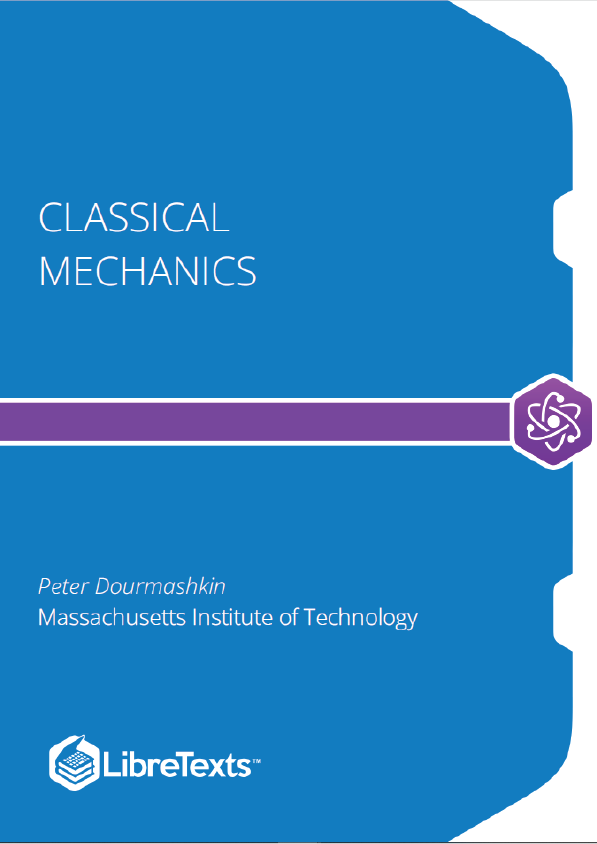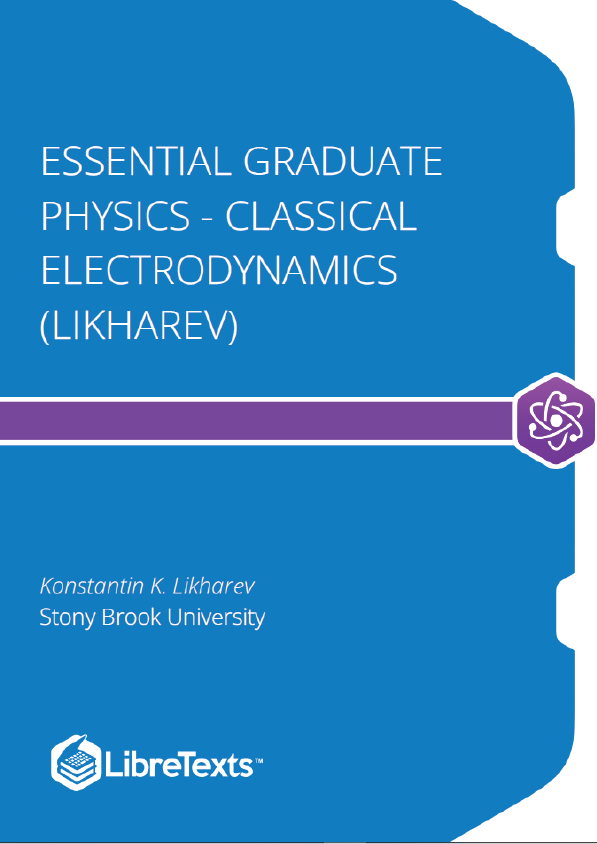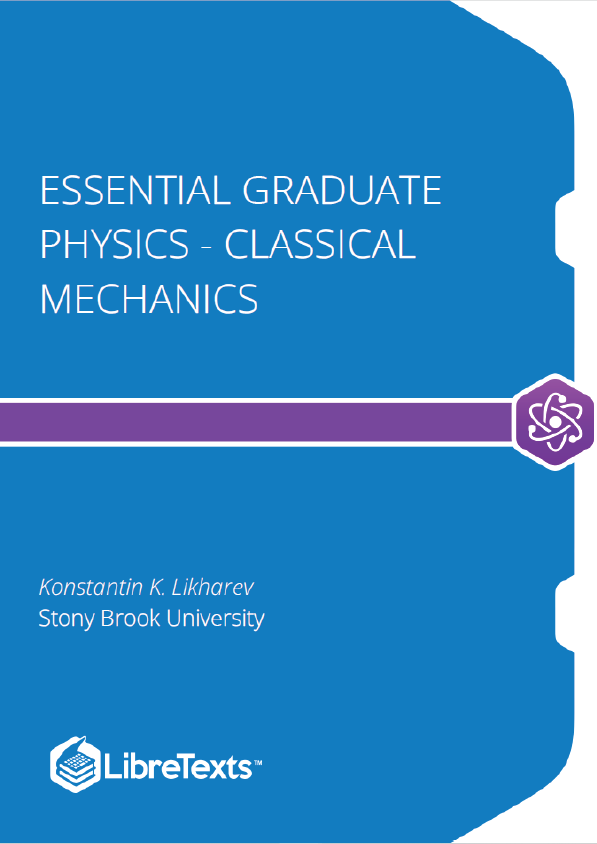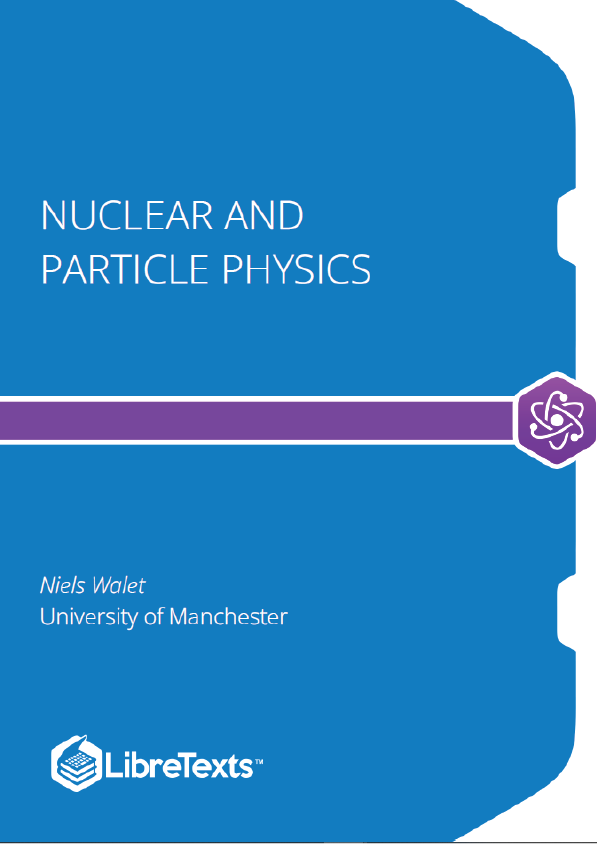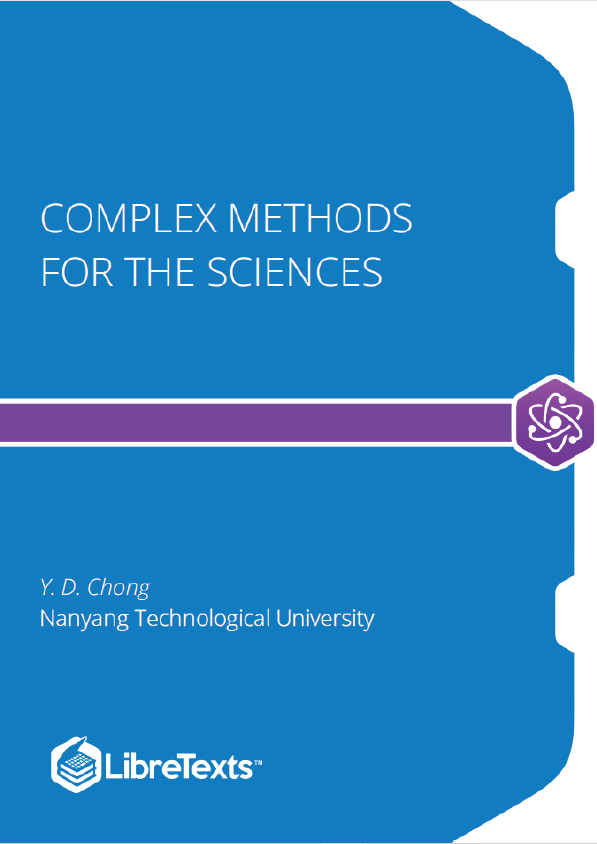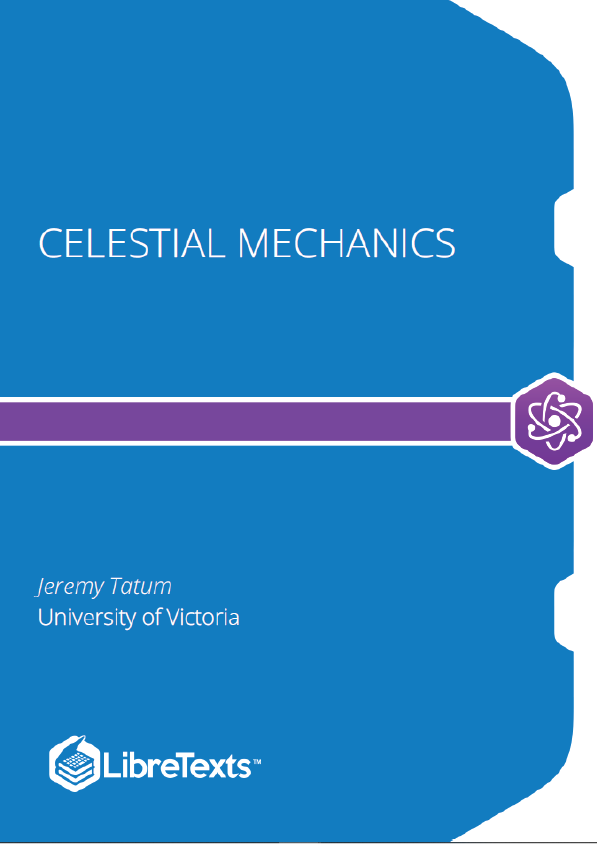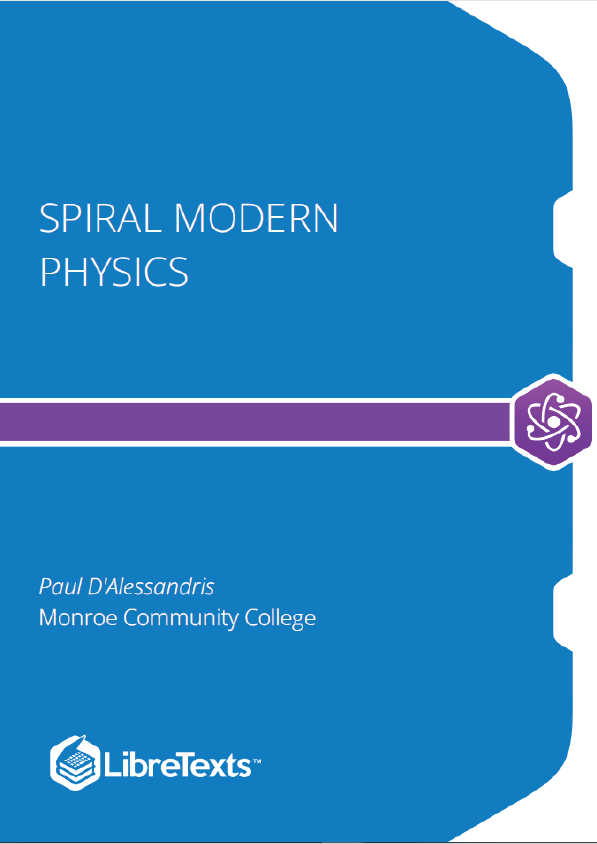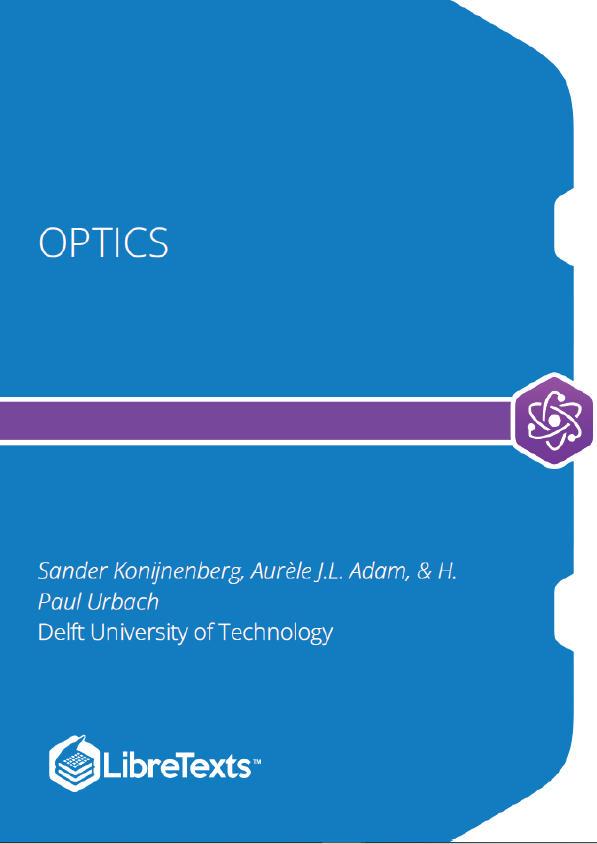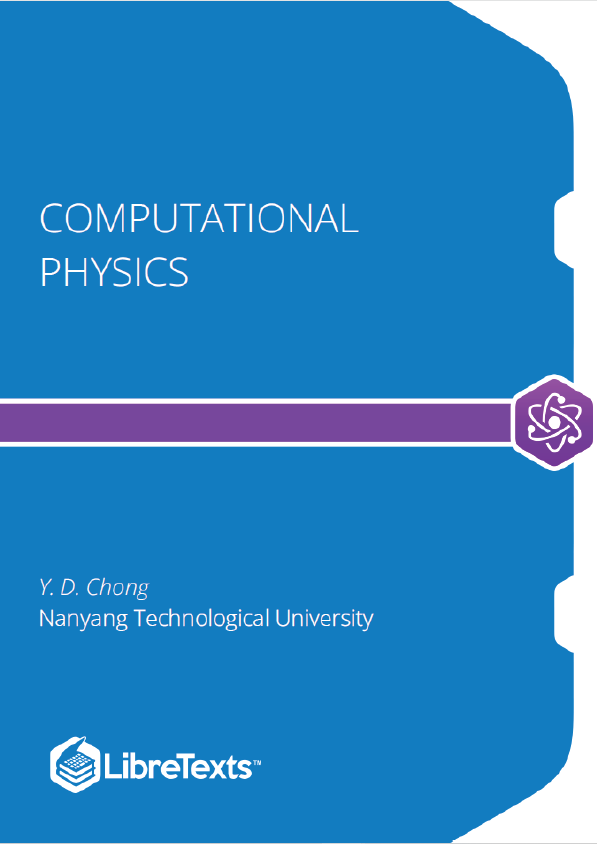Historically, a set of core concepts—space, time, mass, force, momentum, torque, and angular momentum—were introduced in classical mechanics in order to solve the most famous physics problem, the motion of the planets. The principles of mechanics successfully described many other phenomena encountered in the world. Conservation laws involving energy, momentum and angular momentum provided a second parallel approach to solving many of the same problems. In this course, we will investigate both approaches: Force and conservation laws. Our goal is to develop a conceptual understanding of the core concepts, a familiarity with the experimental verification of our theoretical laws, and an ability to apply the theoretical framework to describe and predict the motions of bodies.
Introduction
Classical mechanics is the mathematical science that studies the displacement of bodies under the action of forces. Gailieo Galilee initiated the modern era of mechanics by using mathematics to describe the motion of bodies. His Mechanics, published in 1623, introduced the concepts of force and described the constant accelerated motion of objects near the surface of the Earth. Sixty years later Isaac Newton formulated his Laws of Motion, which he published in 1687 under the title, Philosophiae Naturalis Principia Mathematica (Mathematical Principles of Natural Philosophy). In the third book, subtitled De mundi systemate (On the system of the world), Newton solved the greatest scientific problem of his time by applying his Universal Law of Gravitation to determine the motion of planets. Newton established a mathematical approach to the analysis of physical phenomena in which he stated that it was unnecessary to introduce final causes (hypothesis) that have no experimental basis, “Hypotheses non fingo (I frame no hypotheses), but that physical models are built from experimental observations and then made general by induction. This led to a great century of applications of the principles of Newtonian mechanics to many new problems culminating in the work of Leonhard Euler. Euler began a systematic study of the three dimensional motion of rigid bodies, leading to a set of dynamical equations now known as Euler’s equations of motion.
Alongside this development and refinement of the concept of force and its application to the description of motion, the concept of energy slowly emerged, culminating in the middle of the nineteenth century in the discovery of the principle of conservation of energy and its immediate applications to the laws of thermodynamics. Conservation principles are now central to our study of mechanics; the conservation of momentum, energy, and angular momentum enabled a new reformulation of classical mechanics.
